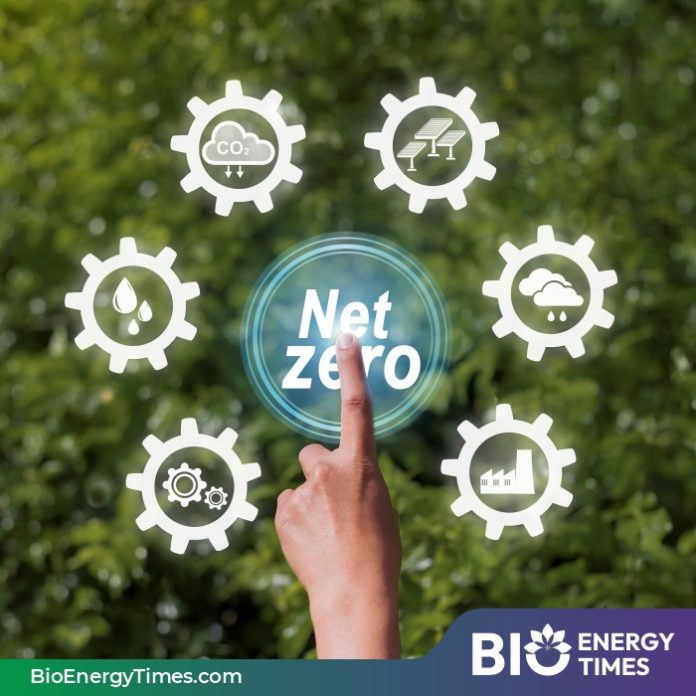India will require substantial investment, particularly in the power sector, to achieve its ambitious 2070 net-zero emissions target, according to a joint report released by Moody’s Ratings and ICRA.
The report estimates that, over the next decade, investments in the electricity value chain—including power generation, storage, transmission, and distribution—will need to amount to around 2% of the country’s real GDP annually. It emphasizes the need to navigate the delicate balance between energy security, affordability, and the shift toward cleaner energy sources.
Despite the push toward sustainability, the report notes that India’s rapidly growing economy will continue to depend on coal in the short to medium term. Coal-based generation capacity is expected to rise by 32–35%, adding approximately 70–75 GW in the coming 10 years. This will occur alongside a planned expansion of 450 GW in renewable energy capacity.
“The private sector will remain a key player in India’s renewable energy growth, while public sector entities are also expected to step up their involvement,” said Abhishek Tyagi, Vice President and Senior Credit Officer at Moody’s. He added that solar and wind energy would lead future capacity additions over the next two to three decades, with nuclear and hydropower contributing to a lesser extent.
In addition to the energy outlook, the report also touches on infrastructure development. Despite a substantial budgetary allocation of ₹2.72 trillion for the Ministry of Roads, Transport and Highways (MoRTH) in FY2026, ICRA expects a slowdown in road project execution in the near term.
“With road awarding activity likely to pick up only in the second half of FY2026, revenue growth for road developers may remain muted for the next 12–15 months,” said Ashish Modani, Senior Vice President and Group Head, Corporate Ratings at ICRA. He noted that the typical lag between project awards and actual execution is about 6–9 months.
On a more positive note, ports and data centres are emerging as promising growth sectors. Under the Maritime India Vision 2030, the government has committed significant capital expenditure to expand port capacity. ICRA projects cargo volumes to rise by 3–5% in FY2026, driven primarily by containerised cargo, petroleum products, and fertilisers. However, the report cautions that global trade volatility and tariff risks could impact growth in this sector.
















